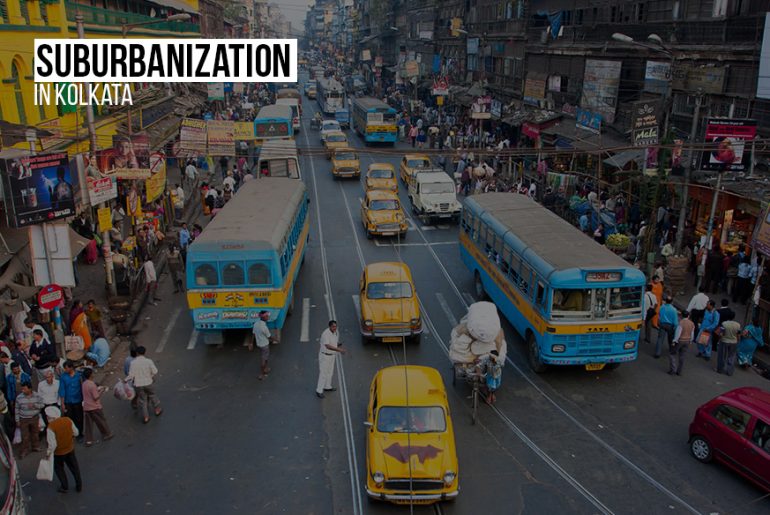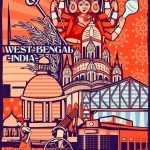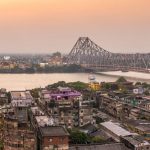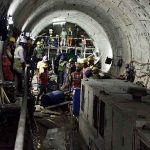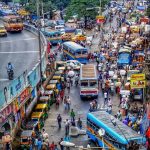Suburbanization In Kolkata
Kolkata, earlier known as Calcutta, is the capital of West Bengal in India. It is well known for its cultural heritage, delicious food, and historical monuments. Kolkata was once the city of joy, but now it grapples with a new problem – suburbanization. Suburbanization in Kolkata has been increasing alarmingly, and many factors contribute to it. Suburbanization in Kolkata has been a topic of concern for urban planners, policymakers, and academics in recent years. The rapid pace of urbanisation and the growing demand for housing, especially in the metropolitan area, have led to the growth of suburbs as an alternative to the city. This essay aims to explore the key drivers of suburbanization in Kolkata, analyse its impact on the social, economic, and environmental landscape of the region and suggest ways in which policymakers can address the challenges posed by suburbanization.
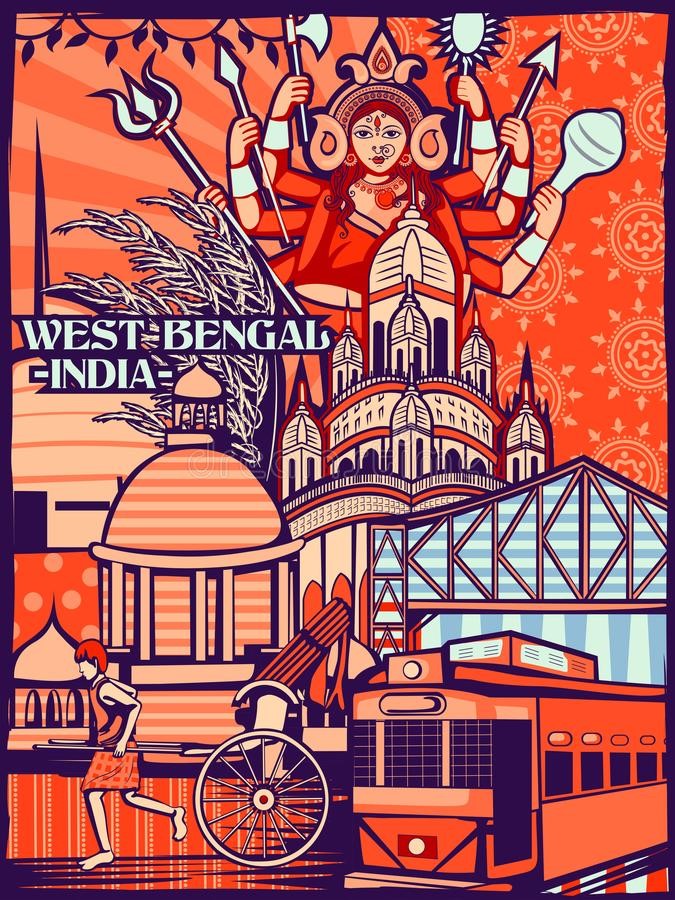
The word suburbanization refers to people moving out of cities and towns to live in the surrounding areas. Kolkata is no exception to this trend. Due to rapid industrialization, many people are moving to Kolkata for employment opportunities. However, the growing. Population in the city has led to high levels of congestion, pollution, and traffic, making the situation unbearable. Suburbanization has become the solution for those who cannot bear the rising cost of living in the city.
Reasons
One of the main reasons for suburbanization in Kolkata is that people are looking for better living conditions. Kolkata’s suburbanization can be traced back to the inadequacy of housing in the city center. The high cost of housing in the metropolitan area has led to the growth of sprawling suburban areas as more people move to the city’s periphery in search of affordable residential options. They want to live in more spacious houses and have access to basic amenities like water, electricity, and clean air. The suburbs provide a perfect environment for those who want to escape city life’s hustle and bustle. The lure of owning a house with a garden and larger living space at a lower cost than the city center is a significant factor driving suburbanization.
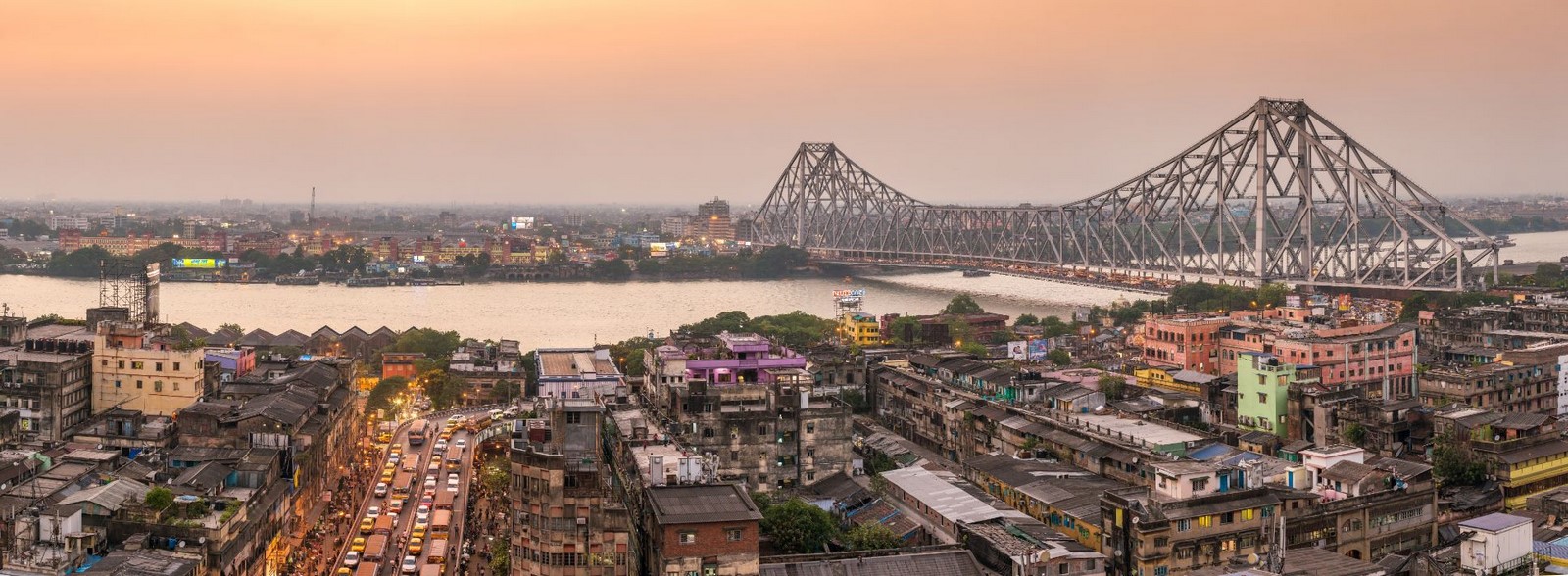
The growth of suburbanization has been facilitated by the expansion of transport infrastructure in Kolkata. The opening of the East-West Metro in 2019 has significantly reduced the travel time between the city center and suburban areas further reinforcing the trend towards suburbanization. This expansion of transportation infrastructure has also resulted in the construction of highways and other roads, making suburban areas more accessible to urban centers. Moreover, with the decreasing cost of transportation due to the expansion of public transport systems, living in the suburbs and working in the city is becoming more feasible.
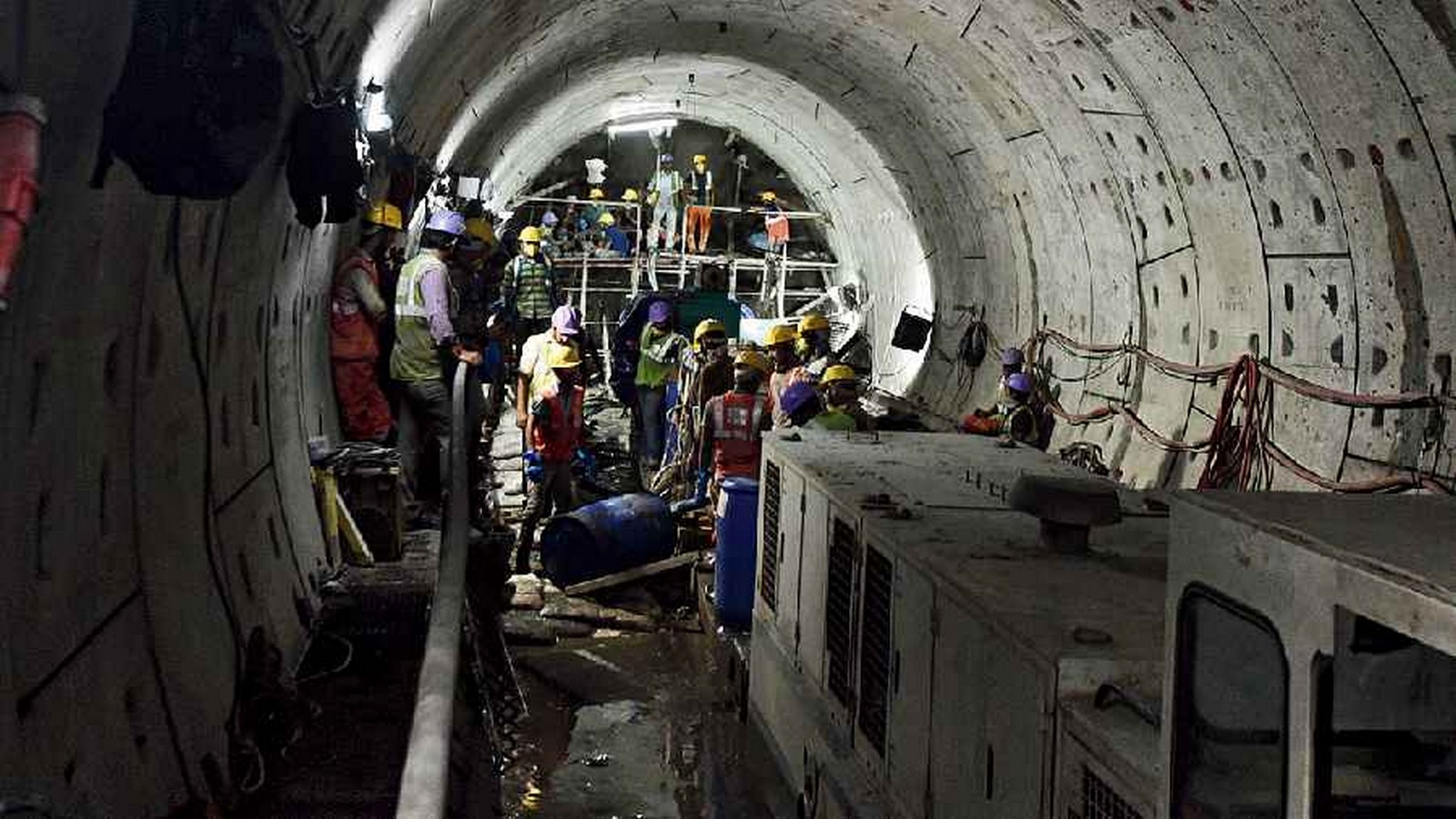
Another reason for suburbanization is the development of satellite towns. The state government has been taking initiatives to develop satellite towns in and around Kolkata, which helps to disperse the population from the overcrowded city. The development of satellite towns has also spurred the expansion of the real estate industry, providing affordable housing options for people who want to live outside the city.
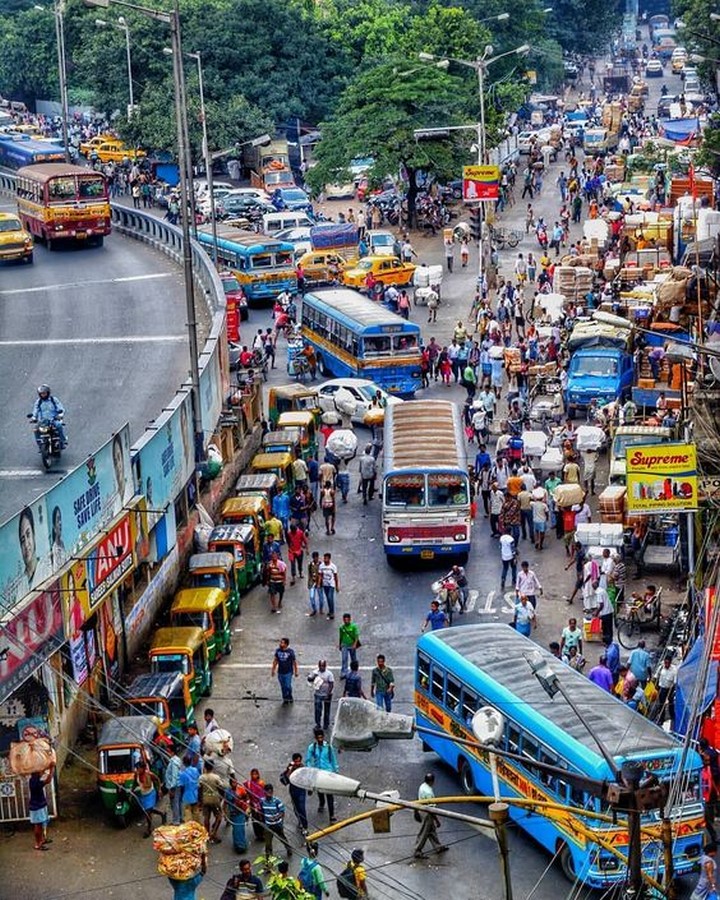
Suburbanization in Kolkata has led to a significant shift in the region’s social landscape. The emerging suburban areas have attracted a diverse range of people, including migrants from rural areas seeking job opportunities in the city. The migration of people to suburban areas has also led to the growth of a mixed-race community, resulting in the rich intermingling of cultures.
Effect of suburbanization
However, suburbanization is not all good news. The ever-increasing trend of suburbanization in Kolkata poses several environmental challenges. The growth of suburbanization has significant implications for the environment. Expanding housing and transport infrastructure into previously undeveloped areas can lead to the loss of valuable ecosystem services, including green spaces, soil conservation, and carbon sequestration. The urban-rural fringe, first impacted by suburbanization, often faces the brunt of this rapid and uncontrolled urbanization.

The increased demand for energy and water resources and the high pollution levels from cars and factories further exacerbates environmental degradation. Unchecked suburbanization leads to converting agricultural land into residential areas, which has severe environmental implications. The congestion created by suburbanization leads to traffic, which contributes to air pollution. Furthermore, people living in the suburbs have to travel to the city for basic needs and employment, which contributes to CO2 emissions.
Conclusion
In conclusion, suburbanization in Kolkata has both positive and negative implications. While it has provided some with better living conditions and minimal commute time, it has also led to environmental challenges. The government must take a balanced approach to mitigate these challenges and ensure sustainable urbanization. They must ensure that the rate of suburbanization stays the same at the cost of the environment and try to provide affordable housing options in the city. In the end, the key is to create a balance between the city and its surroundings to ensure sustainable and enjoyable living for all.
Citations
- https://www.google.com/url?sa=i&url=https%3A%2F%2Fwww.telegraphindia.com%2Fwest-bengal%2Fbuilding-materials-add-to-air-pollution-in-calcutta%2Fcid%2F1699147&psig=AOvVaw0cLP5BsOtNKWCwaEgtnzdY&ust=1680624597878000&source=images&cd=vfe&ved=0CBEQjhxqFwoTCKj43NWMjv4CFQAAAAAdAAAAABAR
- https://www.google.com/url?sa=i&url=https%3A%2F%2Fwww.pinterest.com%2Fpin%2F743234744747473640%2F&psig=AOvVaw07Dk_SMPUA1L0A0FGZZ9F4&ust=1680622336819000&source=images&cd=vfe&ved=0CBEQjhxqFwoTCLiBh6COjv4CFQAAAAAdAAAAABAD
- https://www.google.com/url?sa=i&url=https%3A%2F%2Fwww.telegraphindia.com%2Fmy-kolkata%2Fnews%2Frole-of-contractor-for-east-west-metro-project-comes-under-the-scanner%2Fcid%2F1865768&psig=AOvVaw3CTwRkWciaCPic7nNDDw3v&ust=1680625053871000&source=images&cd=vfe&ved=0CBEQjhxqFwoTCOji5KyOjv4CFQAAAAAdAAAAABAD
- https://www.google.com/url?sa=i&url=https%3A%2F%2Fwww.dreamstime.com%2Fvector-design-colorful-cultural-display-state-west-bengal-india-image154243132&psig=AOvVaw2tKaFn52oGkhtTkdODx27i&ust=1680625086492000&source=images&cd=vfe&ved=0CBEQjhxqFwoTCOii87yOjv4CFQAAAAAdAAAAABAD
- https://www.orfonline.org/research/towards-sustainable-and-inclusive-cities-the-case-of-kolkata-48992/
- https://www.jstor.org/stable/44146098
- https://www.academia.edu/34068508/URBAN_GROWTH_AND_SPATIAL_TRANSFORMATION_OF_KOLKATA_METROPOLIS_A_CONTINUATION_OF_COLONIAL_LEGACY
- https://www.sciencedirect.com/science/article/pii/S2226585621000935


